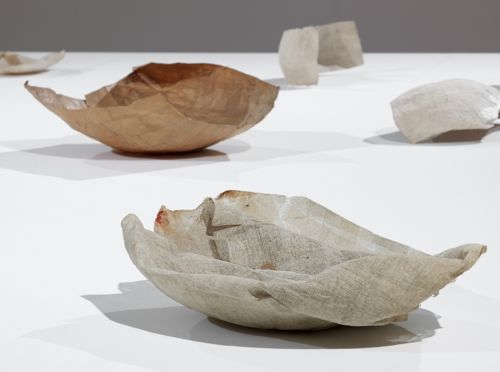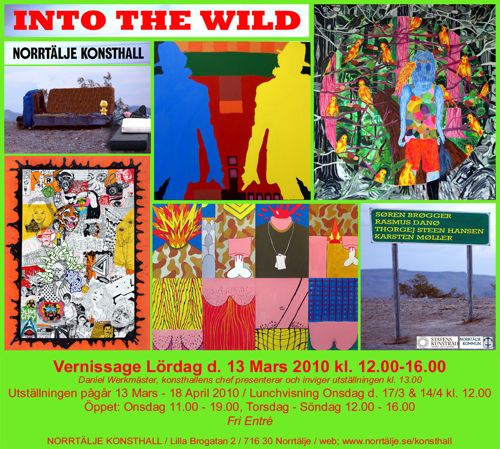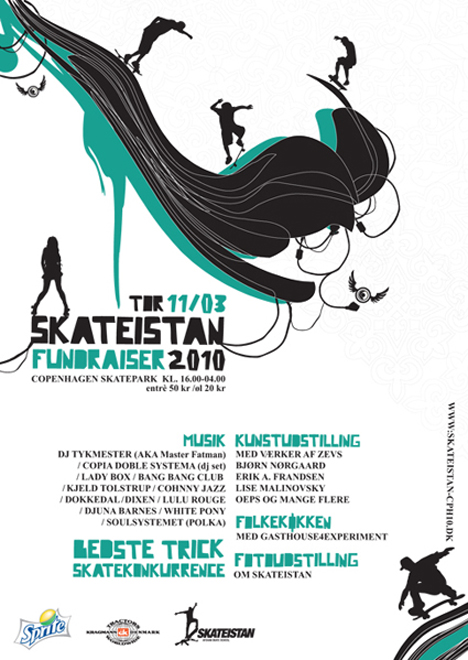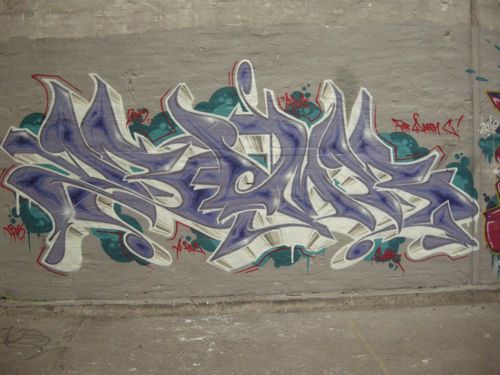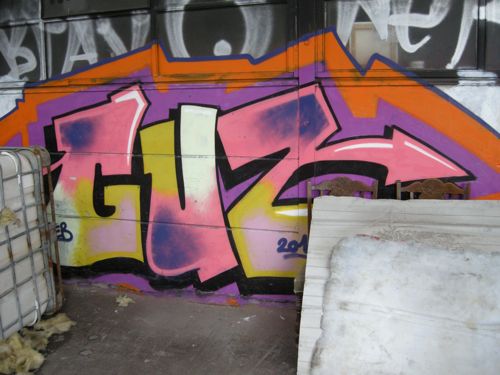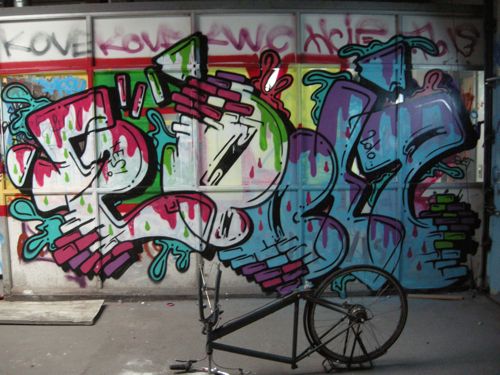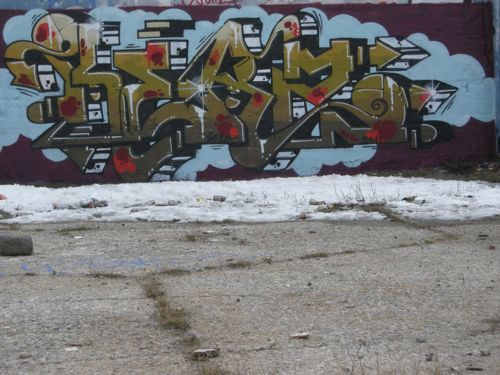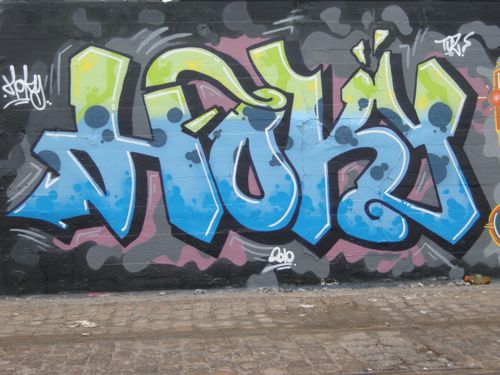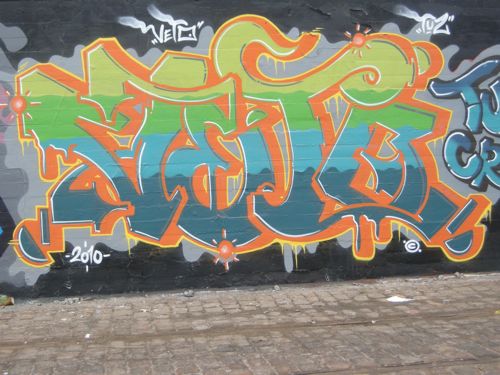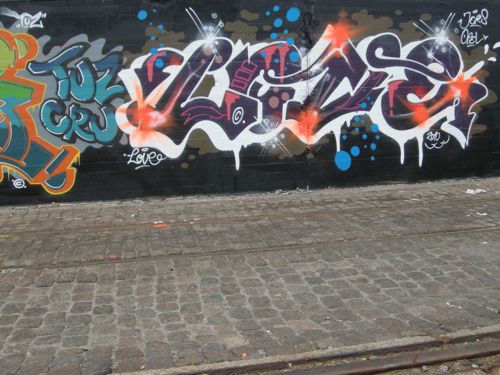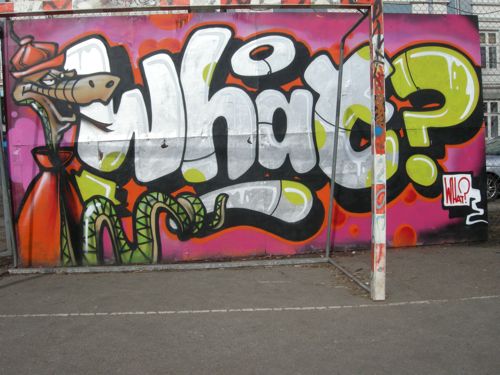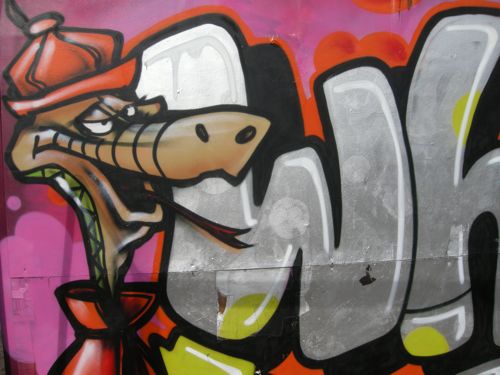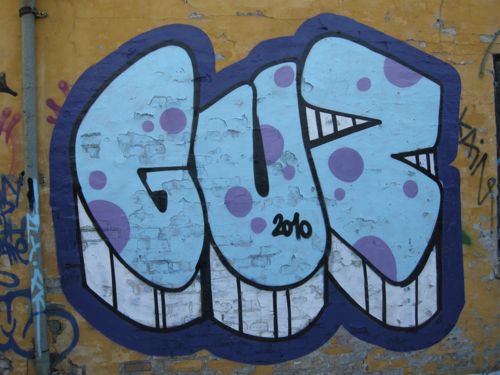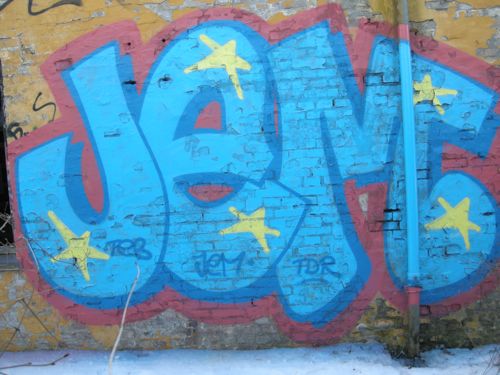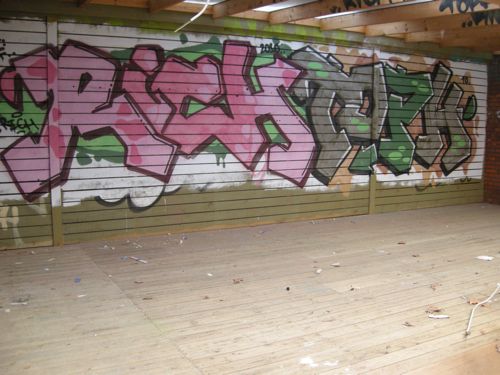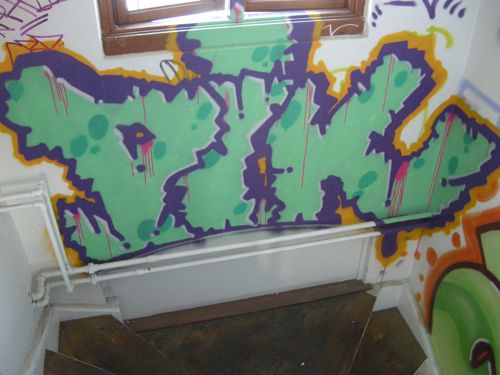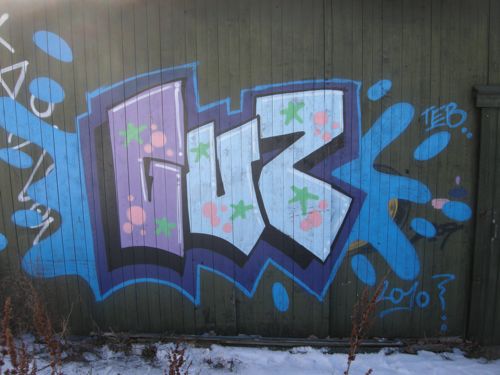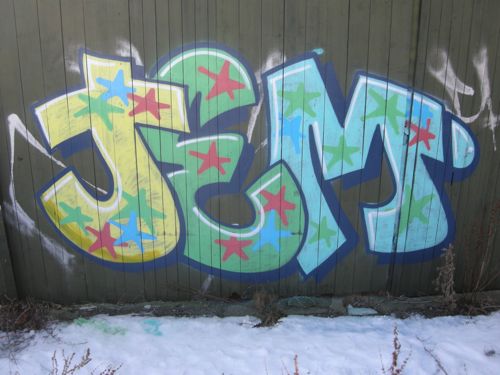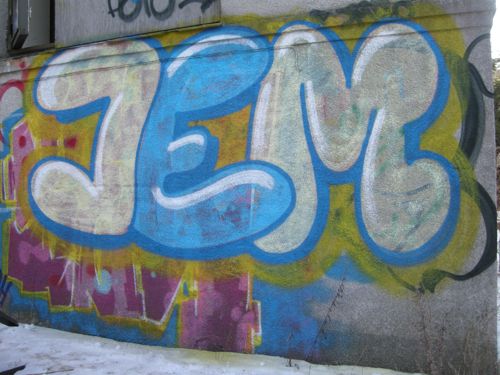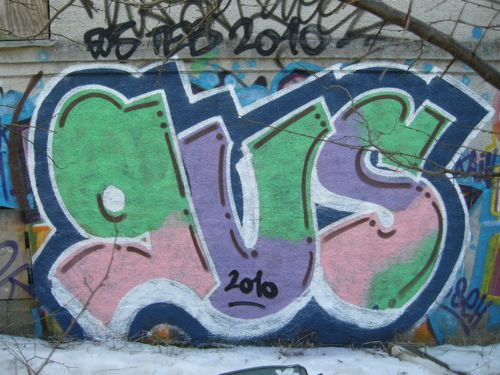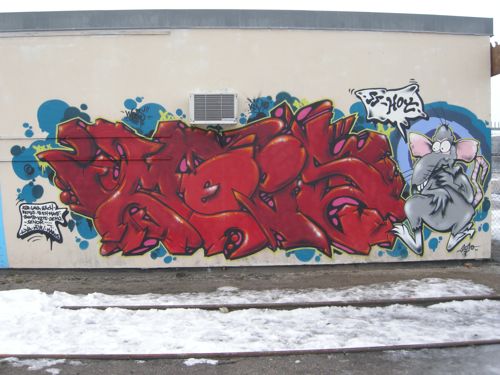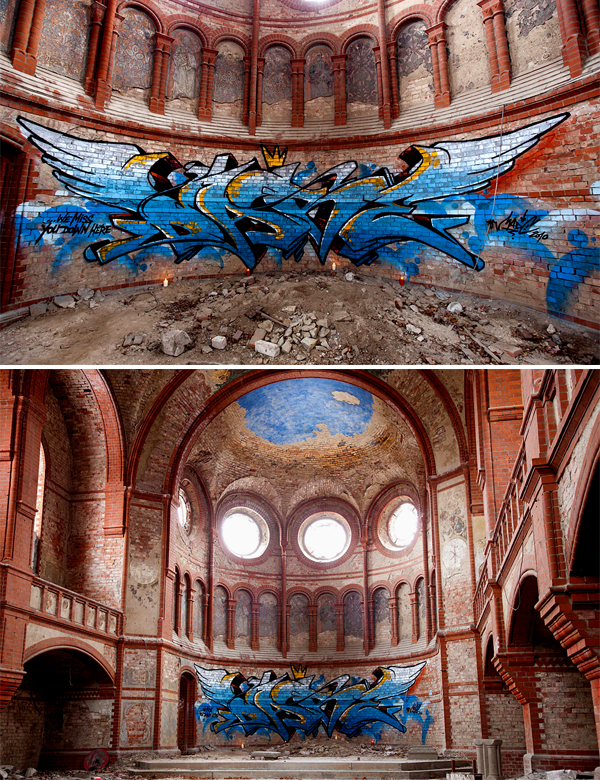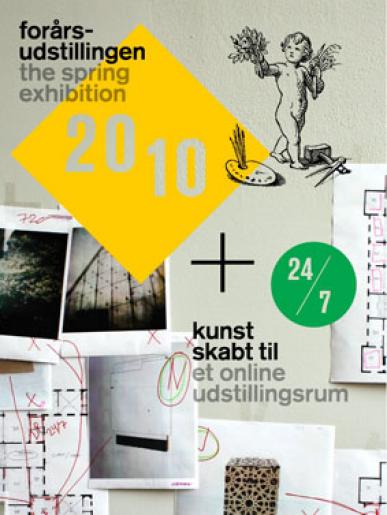
Month: March 2010
MILLER UPDEGRAFF
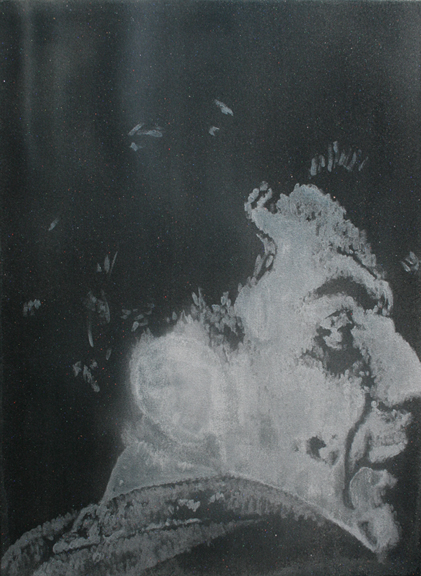
Novels are not about “teaching people how to live but about showing the
possibility of what it is like to be someone else.” – Brian Finney
Michael Benevento is pleased to present the West-Coast solo exhibition of Los Angeles-based artist Miller Updegraff.
Based on a selection of images from the 1930s, the subjects of Updegraff’s eleven paintings on unprimed canvas speak
less to an objectivity linked to representation and instead prioritize an ethnographic ambiguity allowing for profound discourses of desire.
Reconceptualizing the gazing between a group of tribesmen and contemporaries – D.H. Lawrence, Humphrey Spender, and
Evelyn Waugh – Updegraff’s paintings engage the viewer in a visual exchange that is not ironic, wholly honorific or whimsical,
but rather opens up a discourse on what can happen when externalized photographs of a group who problematized binary sexualities
interface with a practice that questions notions of critical distance.
Using a subdued palette, the paintings evoke the nostalgia of the black and white photographs used as source references.
To read Updegraff’s paintings is not simply to identify with the subjects on the canvas, but instead to question the varied forms
of mediated representation with an understanding that stand-ins can be far more complex, if not enticing, than the “real” thing.
By exploring the strategies of power negotiations, however subtle, between men – either between subjects or in the artist’s relation to
the subjects – Updegraff abuts the implausibility of anthropologic “participant/observation” with Lacanian constructions of fantasy to produce
irresolvable responses to the enigmatic desire of the other.
Miller Updegraff earned his M.F.A. from California Institute of the Arts in 2008. A Georgia native, Updegraff lives and works in Los Angeles.
Eva Hesse @ Hauser & Wirth
INTO THE WILD @ Norrtälje konsthall
Skateistan
The Influential Monkey
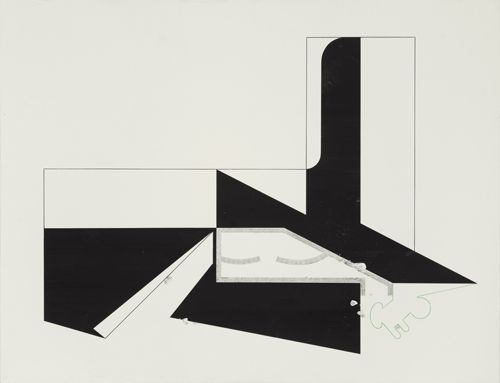
“The Influential Monkey”, opens at Henningsen Contemporary.
For the show The Influential Monkey Hultenberg has chosen a somewhat alternative way, to put his formally stringent paintings into perspective. This has been done with the aid of an angry little monkey he drew last September, which during the working process has been acting as an embodiment of the ’spirit’ of the exhibited paintings. Hereby Hultenberg reveals aspects of the artistic process rarely displayed in exhibitions. Mainly intended as a private note to the artist, the drawing is not physically a part of the exhibition. However, the title of the show and a short text written by the artist, ensure that the monkey is at the forefront of audience’s consciousnes s, ultimately influencing the interpretation of the abstract works.
Although an extension of concrete painting, the works refuse to settle within this category. The visual language is objective and rational, but the clarity characteristic of the form is not present within the content. Silence and intentional confusion prevail. Hultenberg is specifically interested in situations, which, arises when the most irrational ideas are realized decisively. By allowing these types of ideas an unreasonably large expressive emphasis, Hultenberg wants to make evident the staggering number of options the white surface of a canvas reflects.
Copenhagen Graffiti (Walls)//
Copenhagen Graffiti (S-trains)//
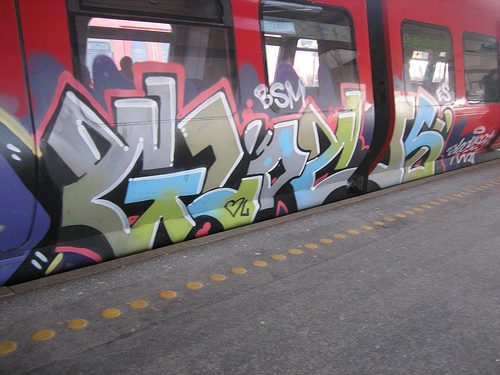
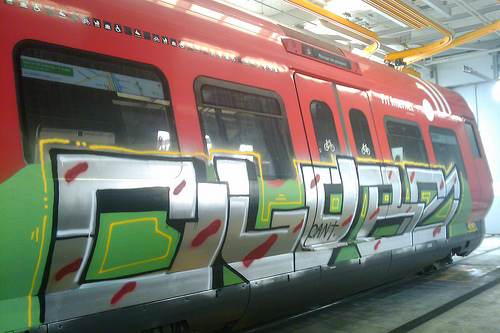
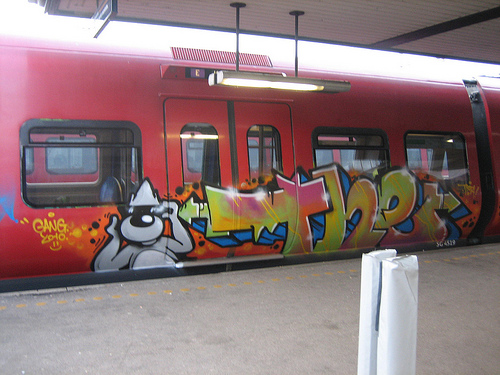
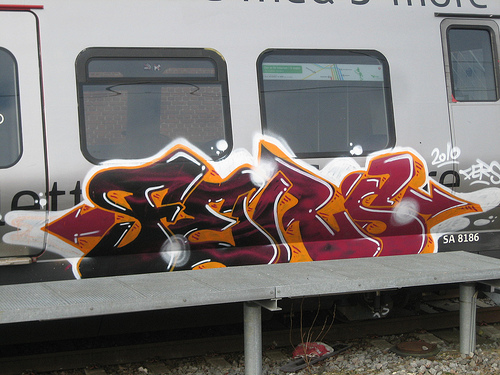
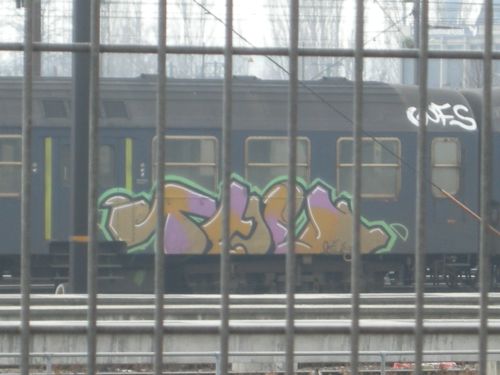
Dare R.I.P.
Nils Erik Gjerdevik in Mellemrummet.
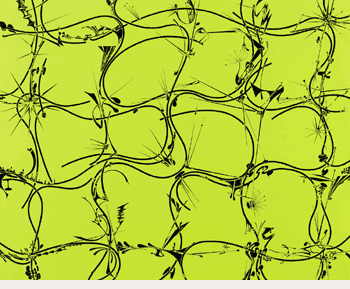
Nils Erik Gjerdevik’s paintings challenge the set rules and conventions of painting as genre. His field of interest is the preconditions and potential of the non-figurative and in the schism between rigid concretism and playful forms the works take on the character of a survey of the diverse systems of abstractions in art history.
The liniar structures of constructivism, the ornamental arabesques of art nouveau, the grid system of minimalism, the visual phenomenons of op art, as well as patterns and styles of pop art are all put into play in the art of Nils Erik Gjerdevik.
Gjerdevik breaks with the classical principles of composition; the distinctions between foreground and background is blurred, and the perspective seems to point in and out of the painting. He is flirting with a psychedelic architectural universe in which gravity is eliminated and impossible meetings between subjects, themes, styles, and techniques occurs.
